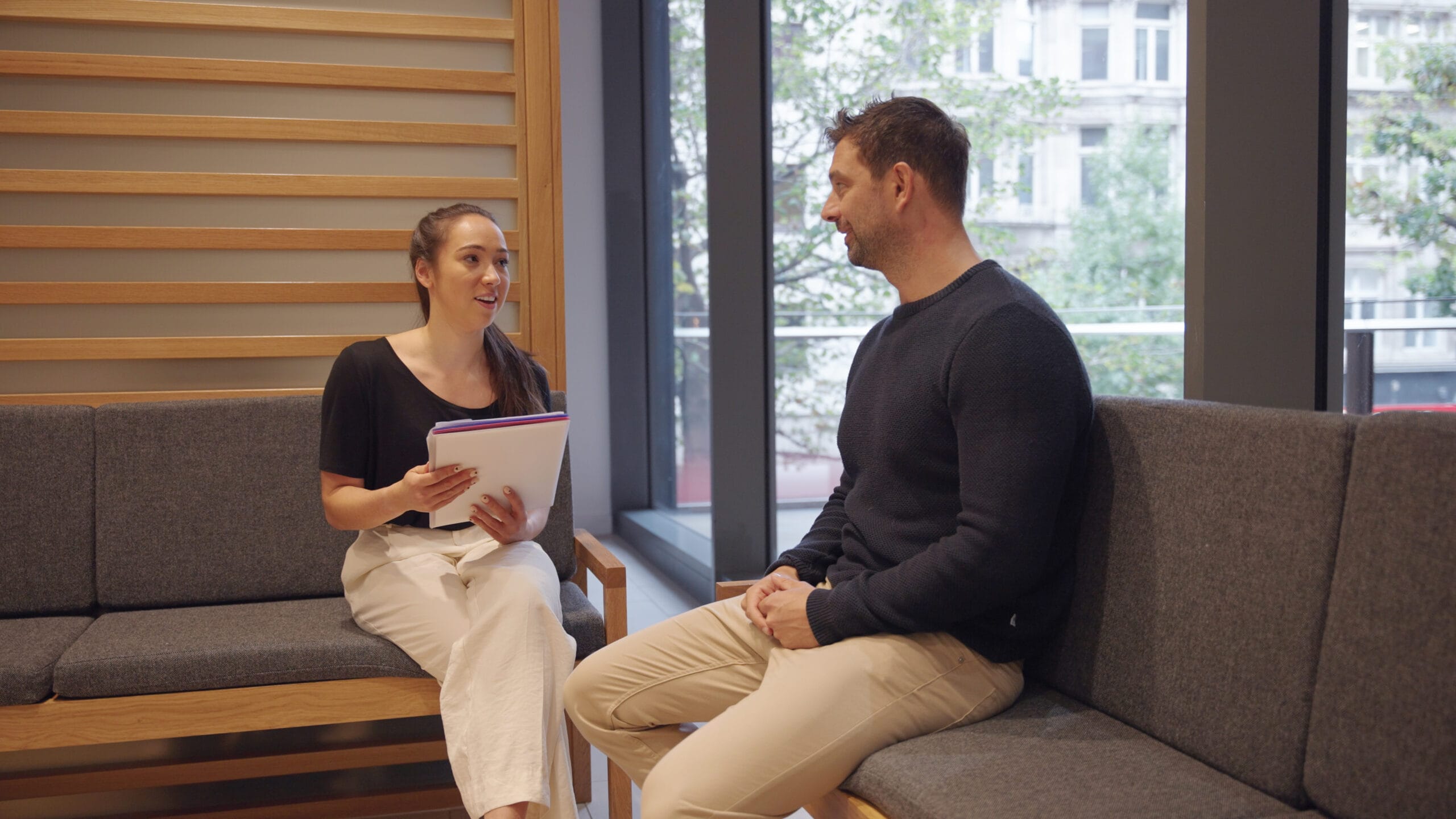Concussion Management: Lessons from Sport

Pure Sports Medicine
- 21 September, 2018
- Concussion Clinic
- 2 min read
Concussion in sport is a highly emotive topic and one which has received a great deal of media attention in the last few years.

High profile concussion injuries seem to occur on a weekly basis within the elite sporting environment. The way in which professional medical teams manage these injuries filters down rapidly to grassroots sport and on occasion provides young players with false reassurances and expectations.
When a young person sees their idol return to play minutes after being knocked out cold, the young, impressionable athlete is bound to ask “why do I have to wait to return to sport after a concussion”. Elite medical teams therefore have an important responsibility not only to care for their athletes but also to demonstrate a safe and effective approach for the non-elite audiences.
The management of concussion in elite sport, and in particular rugby, has come a long way in the last five years. Time is now allocated to enable the medical team to assess the individual with suspected serious head injury, away from the field of play. In the past, what would have been a 30 second, on-field check, has now become a 10-minute medical room assessment with well defined criteria for absolute and possible exclusion from play, based on symptoms, signs and special tests.
At an elite level (English rugby premiership/championship) immediate video replays can assist the medical team in making a decision about a player’s ability to return to play. If there is evidence that the player is knocked out or shows signs of being grossly unsteady on their feet, or displays signs of tonic posturing (arms held out in a fixed/rigid position), then the player should be automatically removed from the field of play with no return on the day.
It can be difficult for the medical team as they are often unsighted at the time of the injury and may have to rely on the incident being caught on camera. At lower level sport there is no luxury of live action replays and therefore the advice is always to err on the side of caution and remove a player with a suspected concussion injury, particularly amongst younger athletes.
Return to play algorithms have been developed for individuals at all levels and ages and can be found here.
The return to play process is ideally guided by an experienced physiotherapist or doctor who can identify slow responders and facilitate a safe return to sport or signpost management pathways in those individuals with ongoing symptoms.
The 5th Consensus on Concussion in Sport , Berlin 27-28th October, 2016, promises to offer further evidence-based recommendations for medics involved in managing head injury in sport. We may well be heading back to the old days of longer return to play algorithms, but with a particular focus on early specialist involvement for vestibular, emotional and cognitive concerns.
Watch this space…
For more information on our Concussion Clinic, please click here.

Advice
Over the last 20+ years our experts have helped more than 100,000 patients, but we don’t stop there. We also like to share our knowledge and insight to help people lead healthier lives, and here you will find our extensive library of advice on a variety of topics to help you do the same.
OUR ADVICE HUBS See all Advice Hubs

